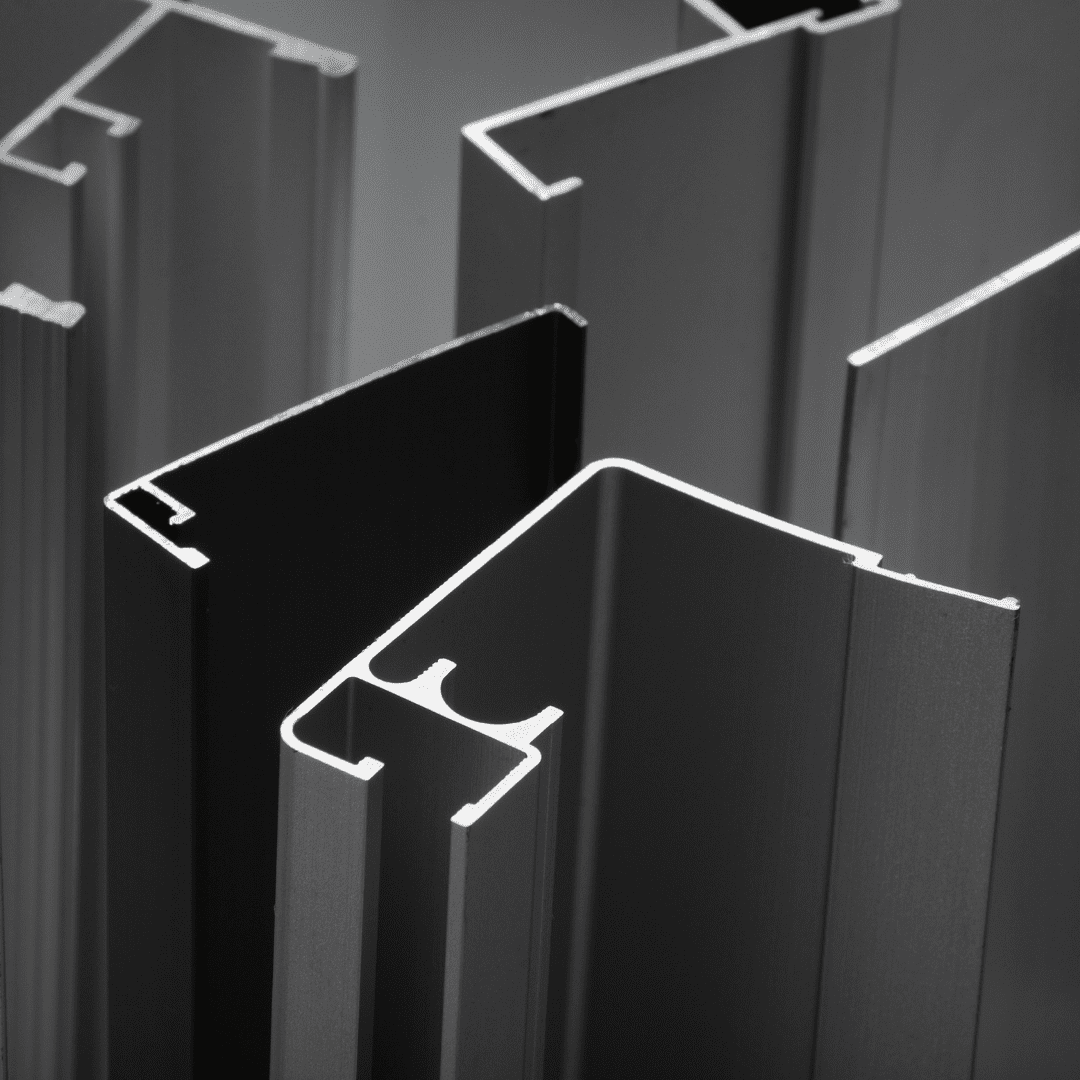New to aluminum construction material? Consider this.
According to The Constructor:
“Aluminium is used as a construction material in different forms for both residential as well as industrial applications. Various engineering properties of aluminium as a construction material is discussed.
Introduction of Aluminium Material
“As a general description about the element “aluminium”, it is a metal with chemical symbol ‘Al’. The element has atomic number 13 and an atomic weight of 27.
“Aluminium forms the third most common element that is found in earth’s crust. This comes after oxygen and silicon. Eight percent of the earth crust’s total mass is occupied by this metal; hence this is most abundant one.
Aluminium as an Industrial Metal
“Aluminium was used as an industrial metal seriously from 1886. This was when the modern smelting process was developed. This means the metal have been available for a shorter period when we compare to metals like lead, copper, and bronze that were used for thousands of years.
“This material is used commonly as a replacement for steel, where their special properties are essential and worth paying for. The special properties imply their light weight property and bright appearance. The present world consumption of aluminium is in the range of 20 million tonnes per year.
Alloys and Casting of Aluminium Material
“The tensile strength of aluminium is in range of 90 to 140 N/mm2. This is mainly dependent on the temper. The aluminium in its pure form is weak.
“This material is commonly used for electrical conductor application and for the making of domestic products such as cans, pans, and packaging.
“For serious structural applications, the aluminium must be strengthened by the addition of alloys. This transformation of properties brings a tensile strength of over 500N/mm2 for the aluminium material.
“The wrought material taking the form of sections, plates, and sheets can make use of 10 basic alloys. This material is simple when comes to selection as compared with the structural steel material.
“In engineering, the term aluminium is referred as a material based on aluminium along with the alloys. To have pure material of aluminium, it is necessary to specify “pure aluminium”.
“Aluminium is suitable alternative for cast iron in the application of sand castings. For small item castings, it is a good and strong alternative for zinc. The huge reliability from aluminium castings is gained from the standard and guarantee they give in their application for the car wheels.
Health Risk and Fire Risk from Aluminium Material
“This metal was considered to be non-toxic and non-hazardous when compared with other metals. This has later bought issues from the prolonged used of aluminium cookware. They form a reason towards Alzheimer’s disease as per the researchers.
“The aluminium sections of any structures say whether it be plate, sheet, wire or foil will not support combustion. But these metals get burned when they are in the powered form. There are incidents happened in the Falklands war 1981, where the aluminium lost the strength but didn’t cause fire.
Physical Properties of Aluminium Construction Material
“There are certain essential physical properties of aluminium, which is essential for the design.
a. Weight of Aluminium Metal
“The density of aluminium is 2.70g/cm3, while this is 7.9g/cm3 for the structural steel used in construction. The values of alloys that is used for the wrought products will lie in the range of 2.67 – 2.80 g/cm3.
“An approximate value of 2.7g/cm3 can be used in the design also by following formula:
- For sections, Mass = 0.0027A Kg/m and Weight = 0.027A N/m
- For Plate sheet, Mass = 2.7t kg/m2 and Weight = 27t N/m2
“Here A= sectional area in millimeter square and ‘t’ is the thickness of the plate in millimeter (mm).
“The table-1 below shows the density of various metals along with aluminium.
Table.1: Density of Different Metals

b. Elastic Constants
“The modulus of elasticity (E) of the aluminium metal is very low. The metal is kind of springy in nature. The pure aluminium at the room temperature is compared with the structural steel based on modulus of elasticity as follows:
Pure Aluminium have a value of E = 69kN/mm2
The Structural Steel have a E = 205kN/mm2.
“The value of E for wrought alloys range between 69 to 72kN/mm2. The British standards employs an E value equal to 70kN/mm2. This is employed for design purposes and this value is similar to that of glass.
“The modulus of elasticity of aluminium will decrease in a steady manner with an increase in temperature. This drops from 67 to 59 kN/mm2 from a temperature of 100 to 200 degree Celsius respectively.
“The Poisson’s ratio is higher than that considered for the steel. This is based on the experiments and the researches considered.
“The value of shear modulus is given by:
G = E/ (2(1+v);
“If the value of Poisson ratio v = 0.33, then the shear modulus G = 26kN/mm2.
c. Thermal Expansion of Aluminium
“The coefficient of thermal expansion of aluminium is ![]() = 23.5 x 10-6/oC. This value for the wrought alloys lie in the range of 22 -24.610-6/oC. A value of 23 x 10-6/oC is used by the British Standards in the design of structures. The value of coefficient of thermal expansion increase with temperature.
= 23.5 x 10-6/oC. This value for the wrought alloys lie in the range of 22 -24.610-6/oC. A value of 23 x 10-6/oC is used by the British Standards in the design of structures. The value of coefficient of thermal expansion increase with temperature.
d. Melting Point of Aluminium
“The aluminium have a melting point of 660 degree Celsius under pure condition. This value is 1500 degree Celsius for mild steel. The alloys used have a lower melting point. The boiling point of the metal is 1800 degree Celsius.
e. Electrical Conductivity of Aluminium
“This is a standard material used in the making of conductors in the overhead transmission lines. This metal competes with the copper in certain applications. The resistivity of the aluminium metal at the room temperature is 2.7 ohm cm. This metal on alloying have greater change.”






